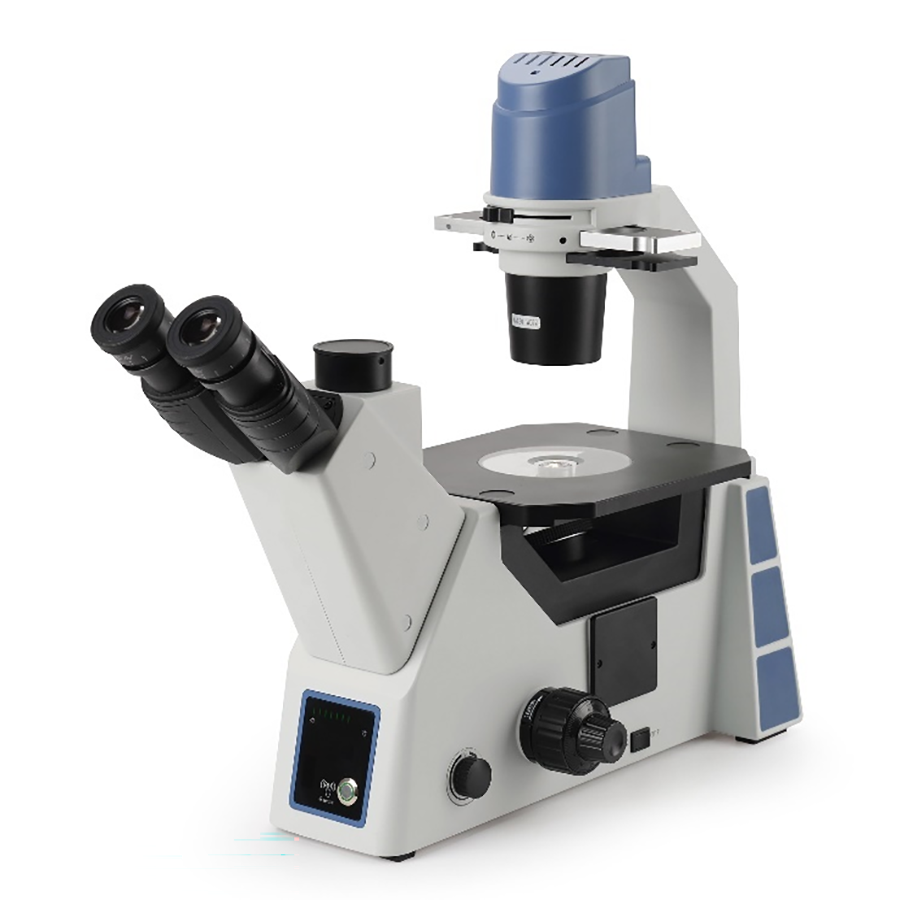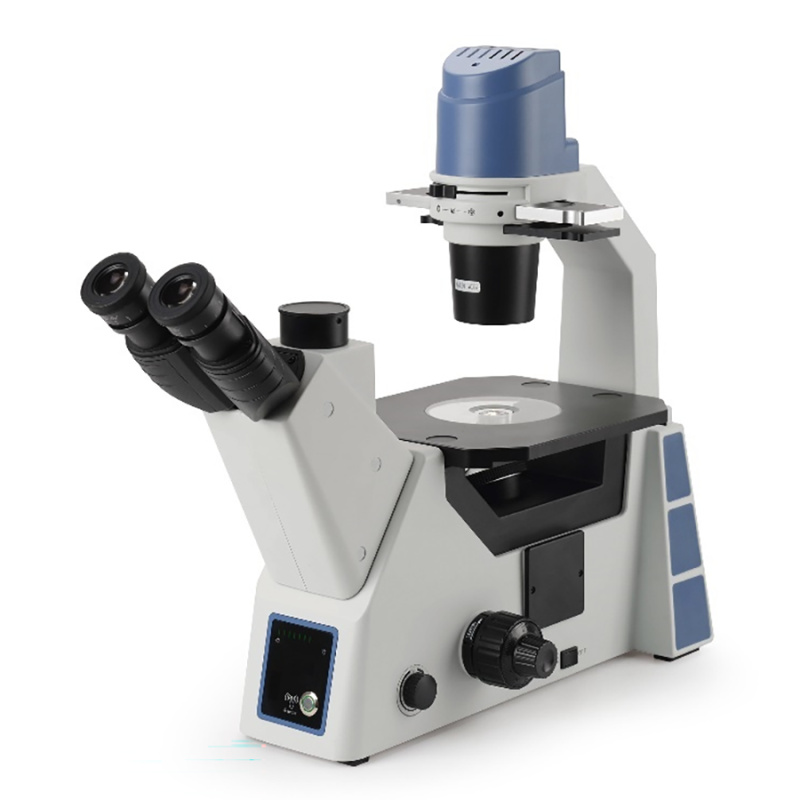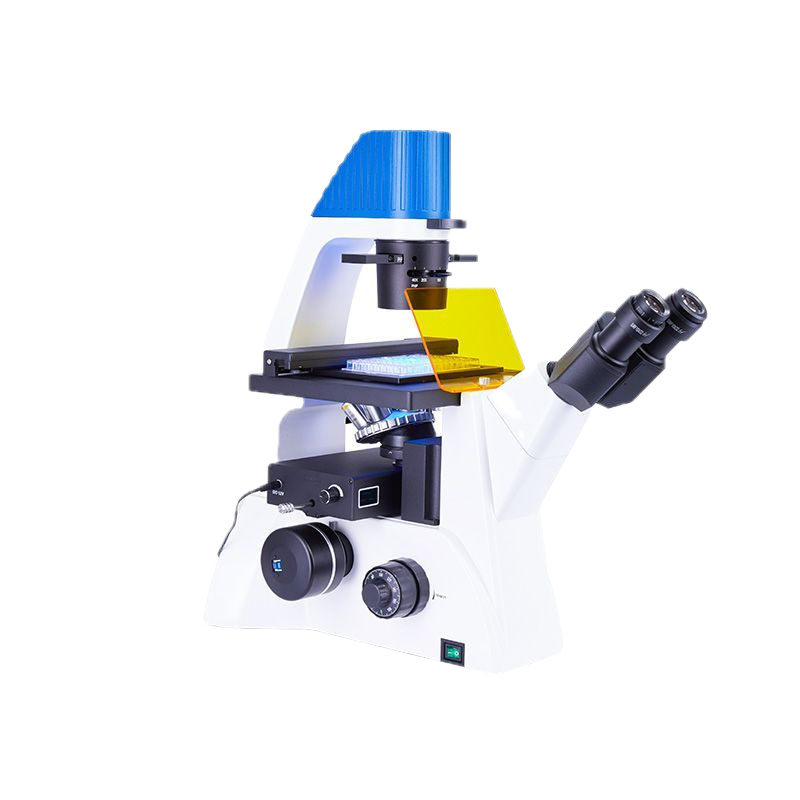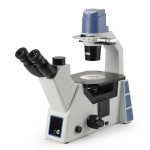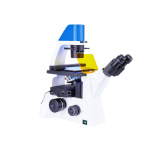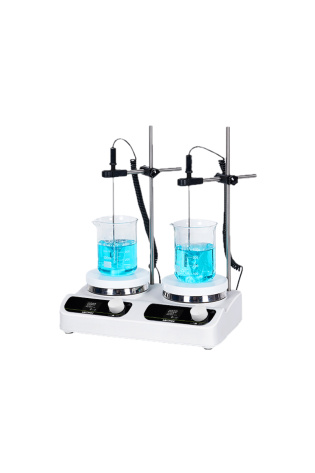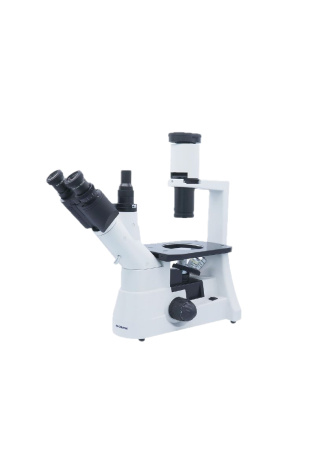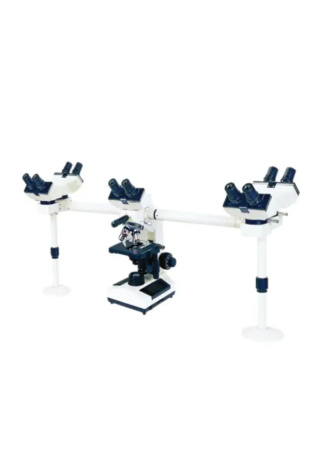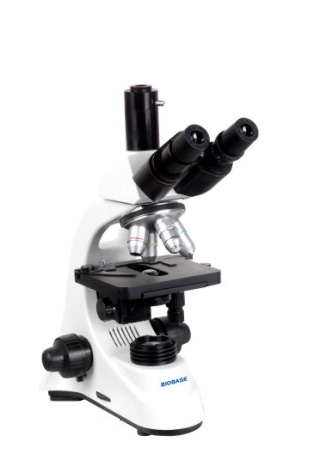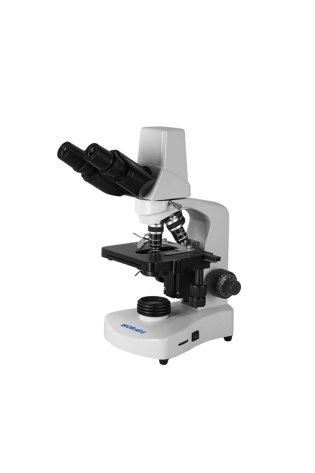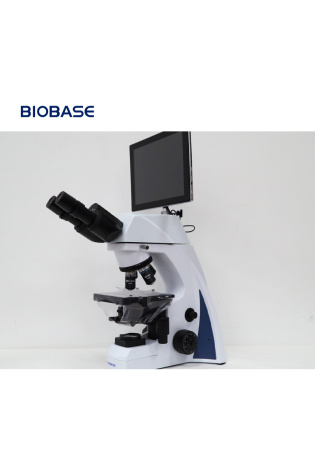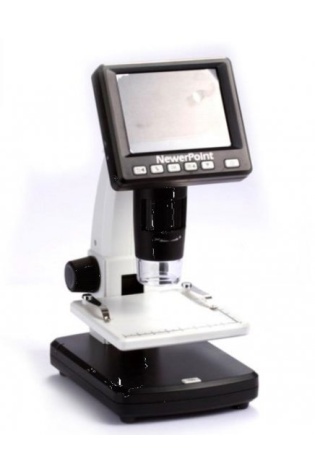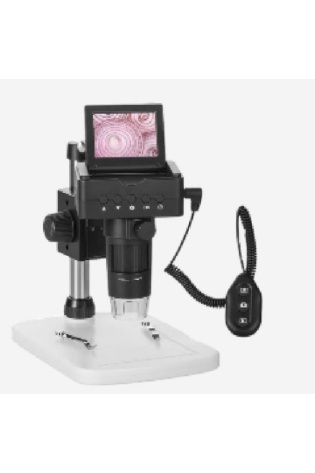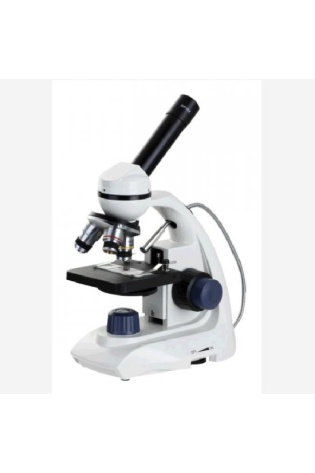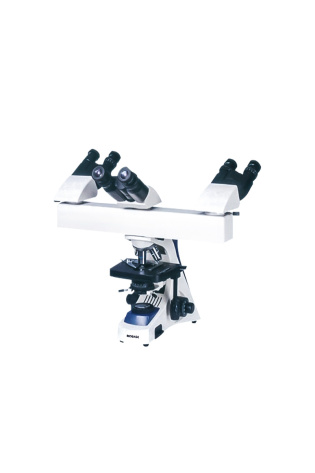It is ideal for live cell imaging, cell culture, and observing biological processes in vitro, with increasing magnification revealing more detail, from low-power overview (5x) to cellular structure (40x).
-
- Pros: Excellent for live cell imaging and observation in culture vessels, with the objective lenses positioned beneath the stage, making it easy to place large containers like Petri dishes on top. Offers a long working distance to view through thicker specimens.
- Cons: The design makes it unsuitable for examining traditional, flat glass slides.
- Pros: Excellent for live cell imaging and observation in culture vessels, with the objective lenses positioned beneath the stage, making it easy to place large containers like Petri dishes on top. Offers a long working distance to view through thicker specimens.
-
- Pros: Equipped for phase contrast, which is crucial for viewing unstained, living cells clearly. Allows for a manual, less-vibrating system suitable for delicate tasks like cell manipulation.
- Cons: May require additional accessories for specific applications, such as a camera for documentation.
- Pros: Equipped for phase contrast, which is crucial for viewing unstained, living cells clearly. Allows for a manual, less-vibrating system suitable for delicate tasks like cell manipulation.
-
Inverted Microscope with Camera Connection:
- Pros: Can connect to SLRs, or other video cameras for photo and video documentation of living cells, their growth, and other dynamics. Ideal for time-lapse imaging.
- Cons: Adds to the overall cost of the system.
- Pros: Can connect to SLRs, or other video cameras for photo and video documentation of living cells, their growth, and other dynamics. Ideal for time-lapse imaging.
-
- Pros: Used in in-vitro fertilization (IVF) and developmental biology to observe and manipulate live cells or embryos.
- Cons: Requires a very stable, vibration-free environment and precise handling tools, which can be expensive.
- Pros: Used in in-vitro fertilization (IVF) and developmental biology to observe and manipulate live cells or embryos.
-
- Pros: Used to study neurons, their connections, and activities. Supports advanced imaging techniques and live-cell imaging.
- Cons: May require specialized fluorescence filters and techniques for specific research needs, which adds complexity and cost.
- Pros: Used to study neurons, their connections, and activities. Supports advanced imaging techniques and live-cell imaging.
-
- Pros:Used to examine the internal structure of larger materials like metal parts.
- Cons:Designed for flat, polished samples, not living cells or cultures.
Inverted Microscope 5x 10x 20x 40x
ModelBFM-52EyepieceWF10×/22View HeadTrinocular Viewing Head Inclined at 45°, Interpupillary 53-75mmObjectiveInfinite Plan Achromatic Objectives 10x,20x,40x,
Infinite Plan Achromatic Objectives Contrast 20xFluorescence AccessoriesUV Excitation Light: 330-380nm
B Excitation Light: 460-490nm
G Excitation Light: 510-550nmFocusing SystemCoaxial Coarse and Fine Adjustment, Fine Division 2umNosepiece5-hole NosepieceStageDouble Layers Mechanical Stage 227mmx208mm/ 77mmx114mmTransmission Lighting SystemPush-pull plate phase contrast condenserLED light, adjustableCamera Port1XCPower Supply100-240V 50-60HzInverted Microscope 5x 10x 20x 40x
